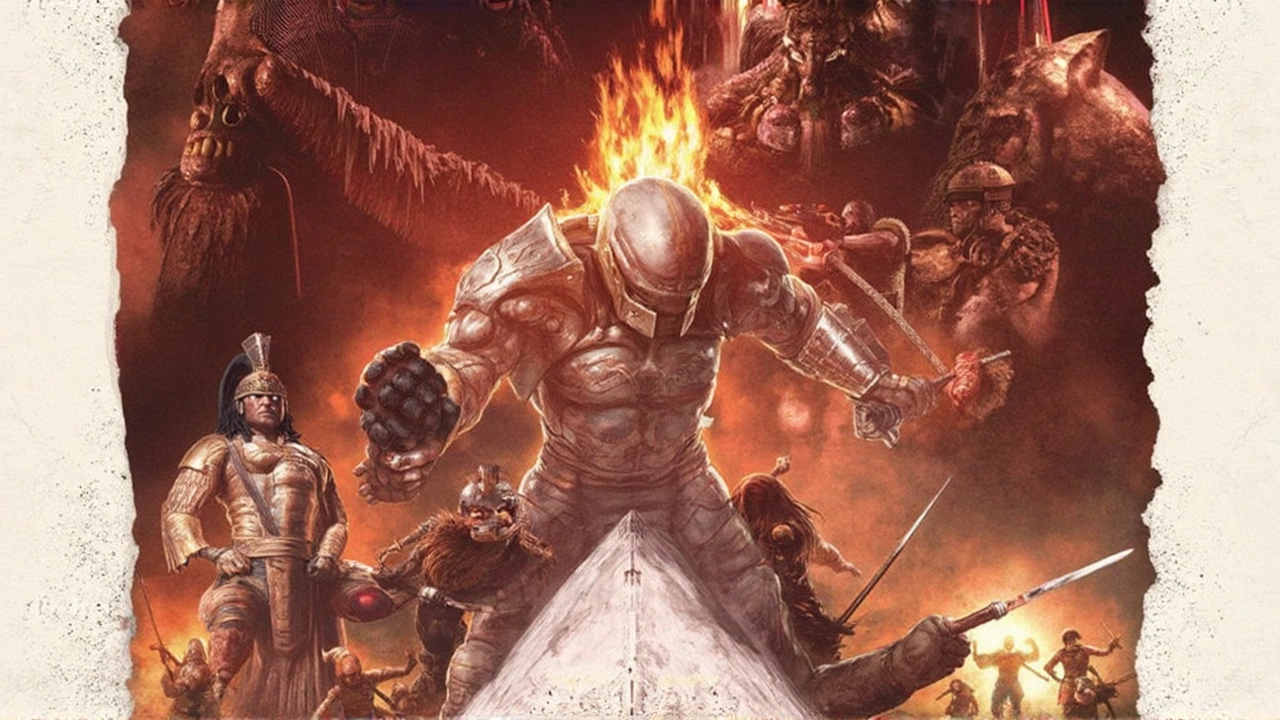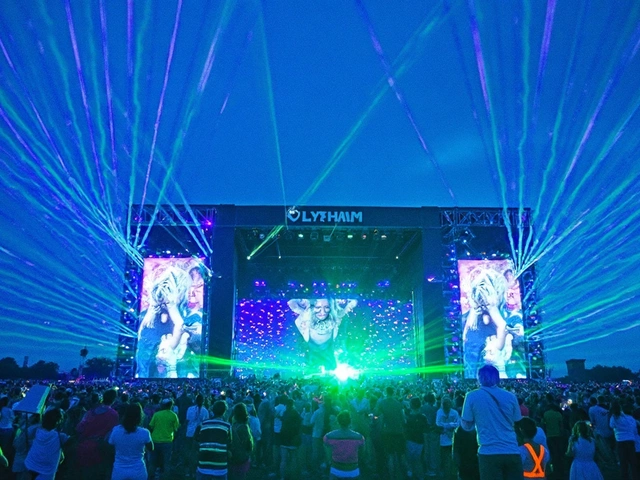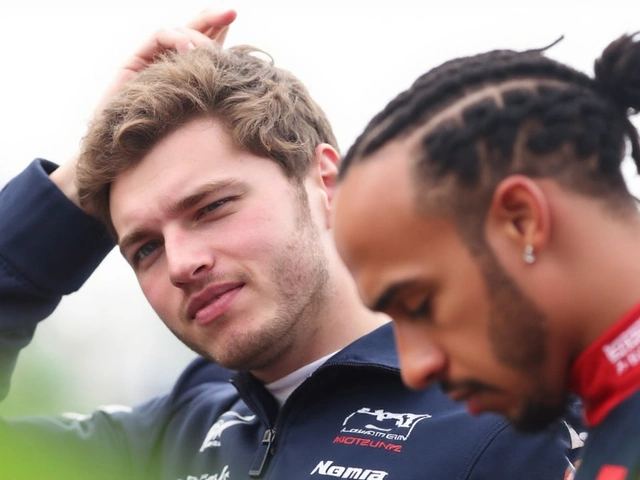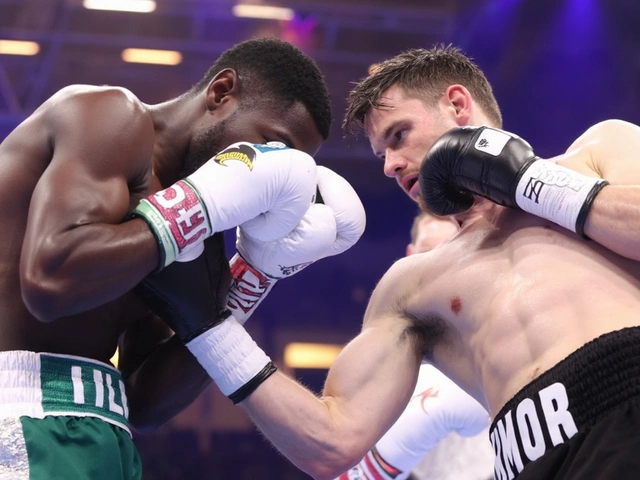
Animated Anthology Unleashes a New Predator Experience
Forget everything you thought you knew about Predator. The latest entry, Predator: Killer of Killers, doesn’t just tweak the formula—it blows it wide open. Landing exclusively on Hulu, this film is the franchise’s first leap into full animation and anthology storytelling. Directors Dan Trachtenberg and Josh Wassung, along with co-writer Micho Robert Rutare, ditch the familiar jungle shootouts and futuristic tech for a trip through time, dropping the infamous Yautja aliens into three radically different eras. Each story doesn’t just showcase a new setting—it brings out the raw struggle and horror that’s defined Predator since the beginning.
The first tale opens in the brutal world of Viking raiders. Here, a vengeful mother and her son hack their way through a sea of blood, only to realize their deadliest opponent isn’t on two legs. Then, things shift to feudal Japan, where a ninja and his samurai brother see their family drama overshadowed by the arrival of a silent, deadly hunter. No words are spoken in this segment; the tension is all in the glances, the shadows, and the sound of steel. Last up, a WWII fighter pilot faces his own battle scars in a dogfight that suddenly goes off the books after a mysterious crash, revealing threats far beyond human warfare.

The Art, the Action, and the Divided Reaction
There’s no doubt the team put their mark on the franchise’s visual storytelling. The Third Floor studio injects inventive shots and a cinematic flair, but the animation isn’t perfect. Especially in the heat of battle, frame rates stutter and movements can feel off-kilter. While some viewers find these flaws pretty distracting, others argue it adds a gritty edge that suits Predator’s relentless tone. The artists don’t skimp on action, either—the violence is front and center, and it’s arguably more graphic than any Predator film before it.
One sequence, set in feudal Japan, seems to steal the show. Critics and fans can’t stop talking about its eerie, wordless storytelling and the way it captures pure suspense, bringing out the let-the-situation-play-out menace that made the original 1987 film a hit. This section turns the old face-off formula inside out, focusing entirely on atmosphere, patience, and barely restrained fear.
But not everyone’s sold. Some fans and critics feel the anthology tries too hard to redefine Predator lore, especially when it comes to the alien hunters’ code of honor. The over-the-top violence, which doesn’t hold back on grisly detail, has also kicked up serious debate. Critics worry about the easy access Hulu gives younger audiences, blasting the film’s lack of restraint and its willingness to shock just for the sake of it.
For those tired of the same old Predator playbook, though, this film is a wake-up call. By reimagining what a Predator story can be—mixing historical settings, new heroes, and experimental visuals—Trachtenberg and his team show there’s plenty of life left in the old Yautja yet. Whether it’s the best sequel depends on who you ask, but one thing’s clear: no one will forget this bloody, daring, and totally unpredictable Predator outing anytime soon.




